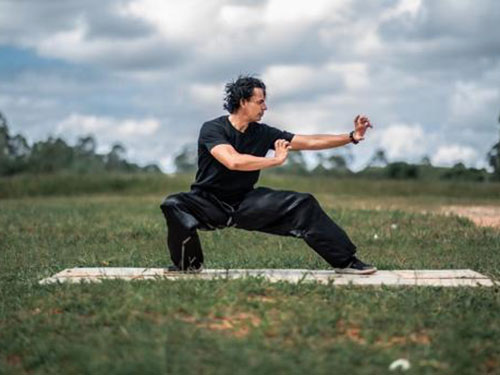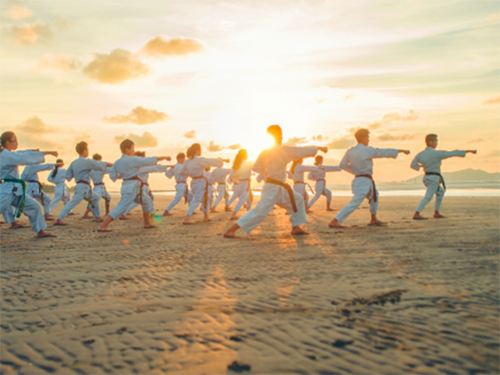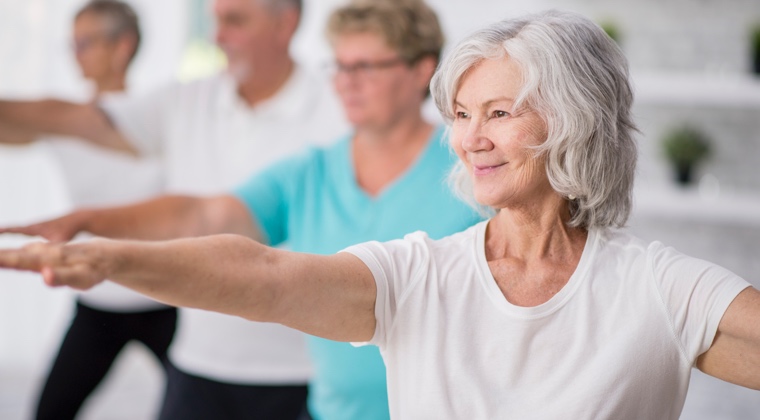In Taoist philosophy, everything is composed of two opposites that are complementary. These forces are called yin and yang. Concepts such as soft, pliant, yielding, and feminine are associated with yin. Whereas concepts such as hard, rigid, and masculine are associated with yang. Both forces complement each other and together form a perfect whole. When one practices Tai Chi, the goal is to perfect the balance between yin and yang within one's body, mind, and spirit. A perfectly harmonized person will show this balance and completeness with a tranquility and peacefulness of mind.
There are three main schools of Tai Chi: Wu, Chen, and Yang.
- Wu: Circular motions like those seen in seasons, the orbit of planets, and the lifespan of organisms.
- Chen: Linear motions that emphasize strength, speed, and power.
- Yang: Includes both linear and circular motions and is often the style practiced in Western culture.
While Tai Chi has been practiced for thousands of years, Western scholars have only begun studying its possible health benefits from a scientific perspective. The gentle motion of Tai Chi has been shown to improve balance in the elderly as well as improve pain and physical function. From a Traditional East Asian perspective, Tai Chi results in a balance of energy (chi) flow in the body and results in good health and longevity. Some Taoist practitioners are known to live past 100 years of age.









